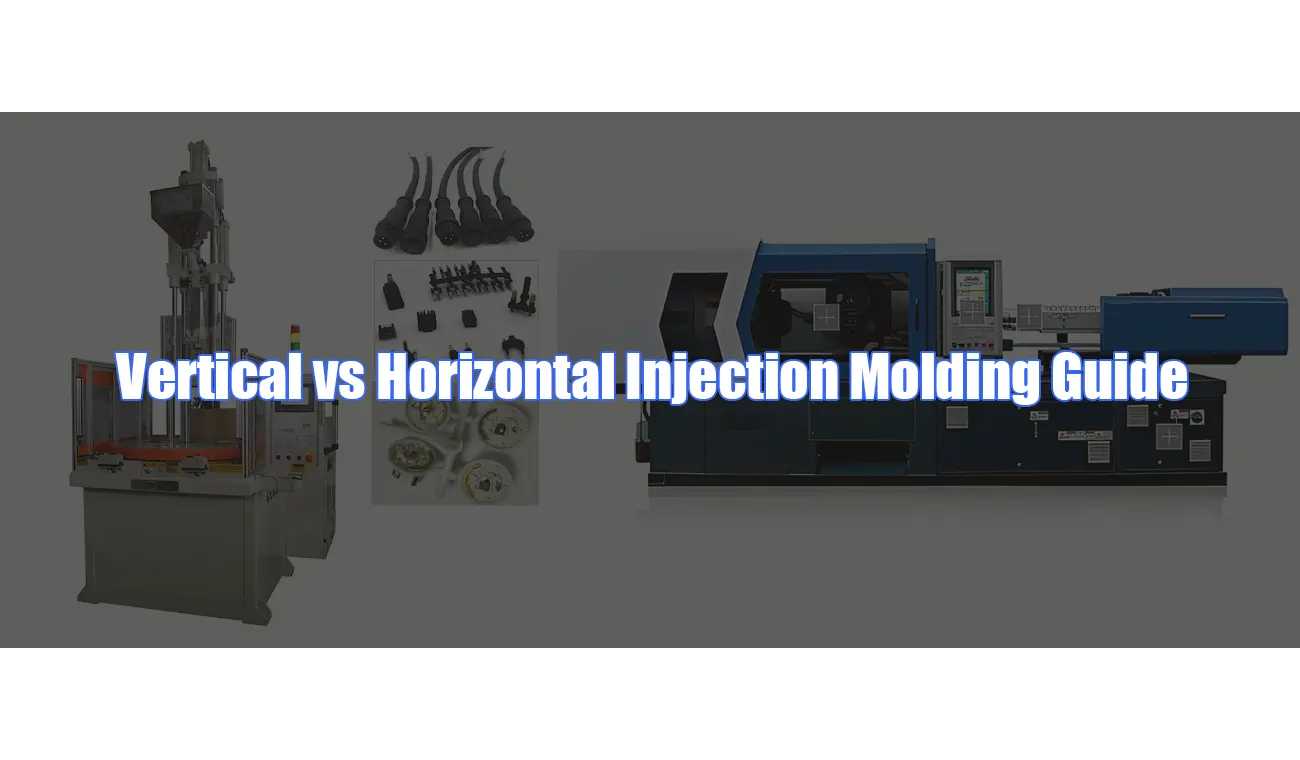
By quanyu lee
2025-07-21 08:35:28
Vertical vs Horizontal Injection Molding Guide
In the field of wire harness assembly, the core contradiction of the injection molding process lies in the balance between "precision insert positioning" and "efficient production". The choice between vertical and horizontal injection molding machines is essentially a deep adaptation of wire shape, plastic part complexity, and production efficiency - horizontal injection molding machines have horizontal mold closing, which is suitable for mass production of simple plastic parts and hard wires, with high efficiency, but complex wire positioning depends on fixtures; vertical injection molding machines have vertical mold closing, relying on gravity to assist positioning, which is suitable for multi-branch soft wires and complex plastic parts, and small batches are more flexible, but the efficiency is slightly lower. This article will analyze the technical differences between the two types of equipment from three dimensions: mold structure, process parameters, and typical scenarios.
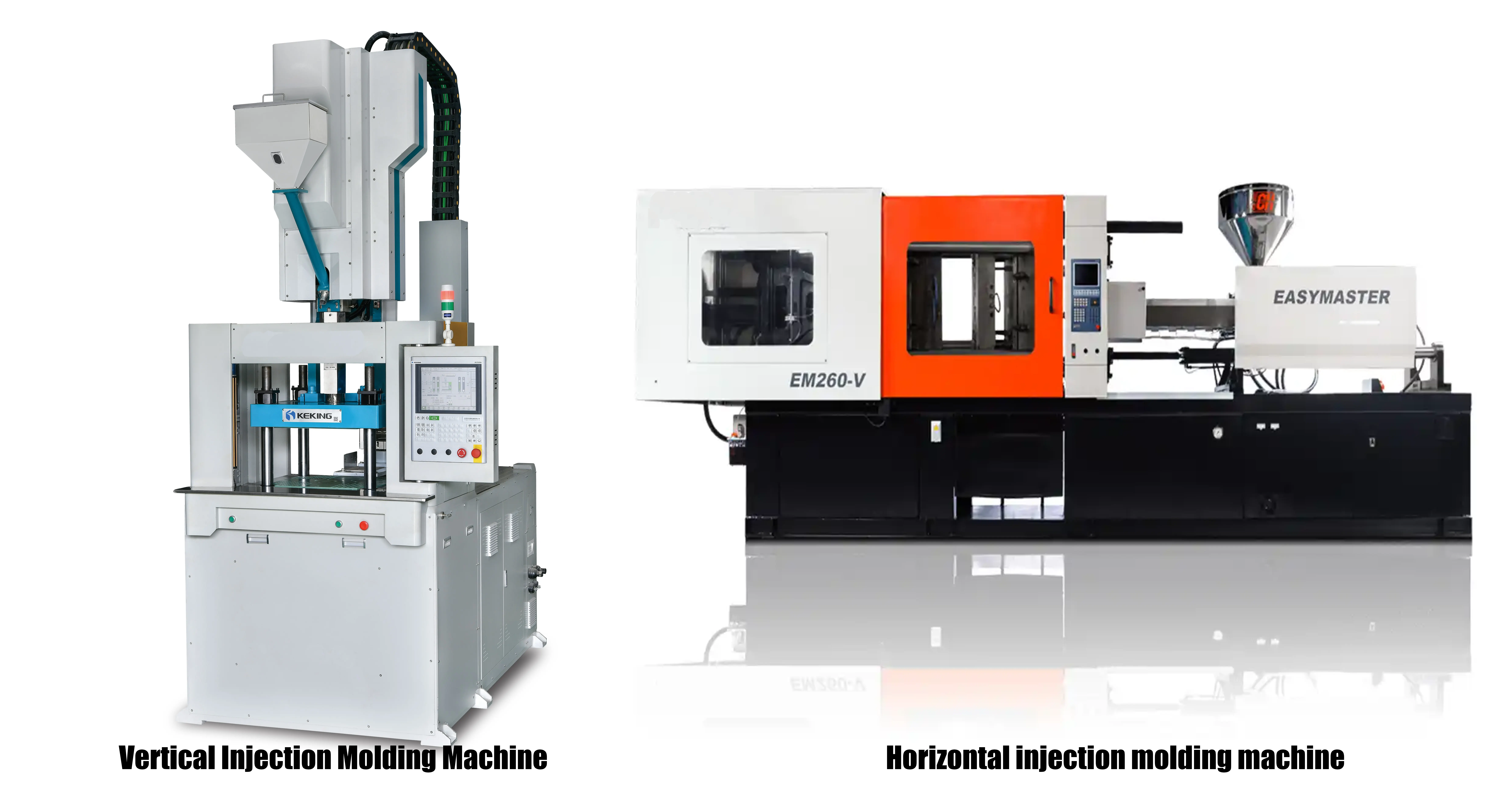
1. Mold structure: Differences in positioning logic and molding capabilities
Vertical injection molding: insert-friendly with vertical layout
Vertical injection molding machines have a fixed lower mold and a movable upper mold. They can use gravity to assist the wire to be precisely positioned through the mold pin (such as the 0.1mm slot of USB No. 28 wire), avoiding the problem of wire core offset in horizontal machines; using the cylinder side core pulling (stroke accuracy ±0.02mm) to handle the "L-shaped bend" can extend the mold life; the modular design of the turntable or slide (such as the Huarong YV series double slide machine) can improve efficiency, reduce costs, and adapt to a variety of scenarios.
Horizontal injection molding: Advantages of a large amount of glue in horizontal flow
The horizontal injection molding machine mold opens flat and is demolded by gravity. It shortens the flow channel and reduces stratification for large-section injection molding of automotive high-voltage wiring harnesses (such as 6 square fast charging cables). The uniformity of the sheath wall thickness reaches 98.2%, which is better than the vertical type. The multi-slide is suitable for complex molding (such as armored cable "T-branch" encapsulation). Although the mold cost is 20% higher, the efficiency of a single process is increased by 50%. The column-free clamping vertical and horizontal models (such as the Zhongyang LW series) combine the advantages of both, suitable for large metal inserts of aviation wiring harnesses, and solve the problem of vertical height limitation and horizontal positioning.
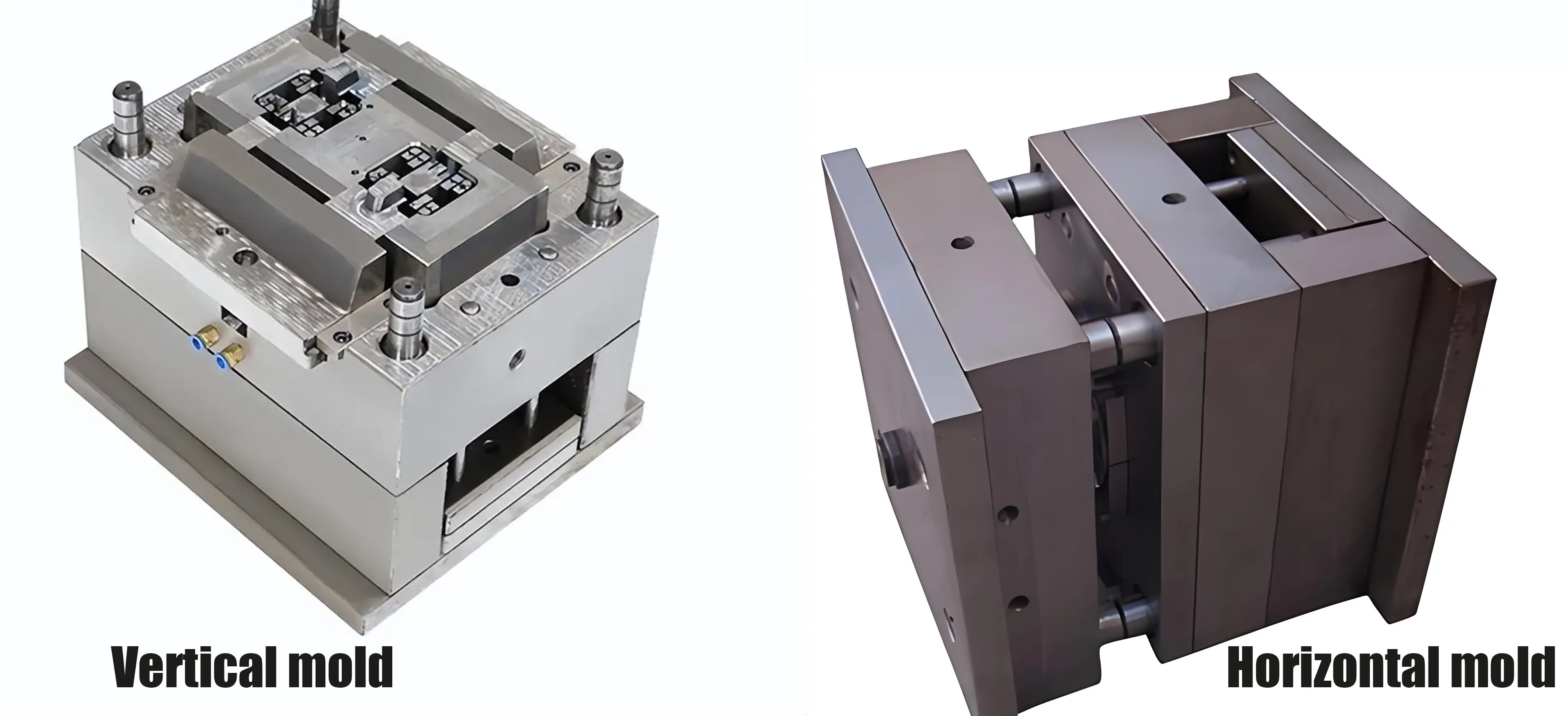
2. Process characteristics: precise matching from materials to scenes
Vertical machine: The vertical machine wins by being "stable". PVC encapsulation uses a 2-stage shooting speed (0.3-0.8m/s). Delta's servo system can control the shooting speed fluctuation within ±5%, and the burr defect rate is as low as 0.05%. The 3-stage temperature control is suitable for "thin wall + deep cavity", and the melt uniformity is 18% higher than the 2-stage temperature control of the horizontal machine. The low pressure (0.5-1MPa) is triggered 0.5mm before mold opening, which can avoid 90% of mold crushing accidents and reduce maintenance costs.
Horizontal machine: The horizontal machine breaks through the bottleneck with "speed" and takes the route of mass production. The high shooting speed (1.2m/s) combined with the mold temperature controller can shorten the cooling time of the TPU sheath of the new energy wire harness, and the single-shift production capacity is increased by 35%; the "empty package" is solved by 8-12MPa back pressure, and the sheath peeling force exceeds the standard by 30%; integration with robots realizes "one mold for multiple takes", and the production cycle of automotive wire harnesses is shortened to 4.2 seconds/piece, reducing the number of personnel by 60%.
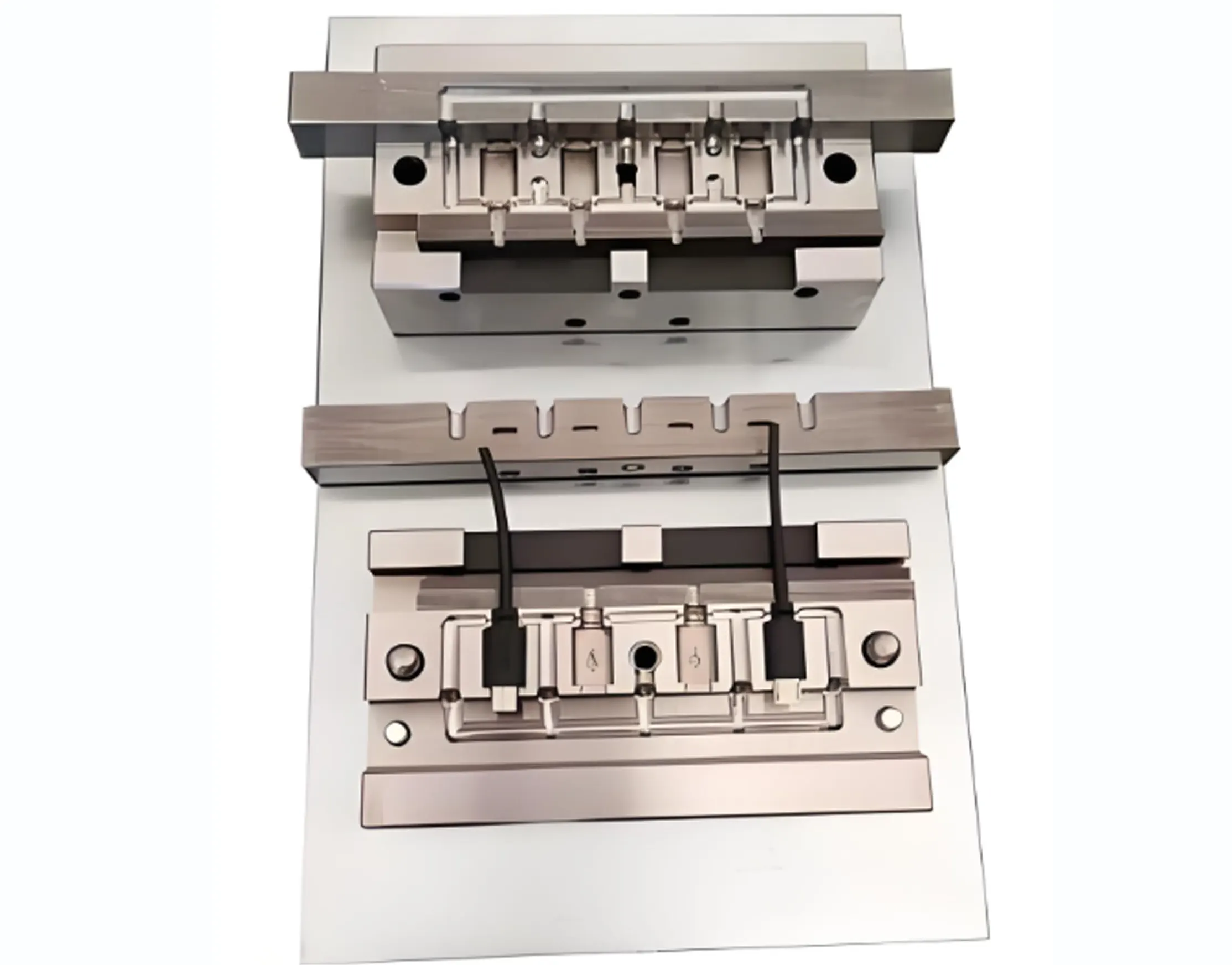
3. Scenario Selection: Application Spectrum from 0.5mm Thin Wire to 6 Square Thick Cable
Vertical machine: Vertical machine is good at dealing with precision inserts, such as the 28# core wire of USB 4.0 cable in a 3C wiring harness. Vertical disc machine can achieve ultra-thin injection molding layer, higher yield rate and lower wire cost per meter; silicone rubber coating for medical wiring harness can avoid contamination, and the detection rate of foreign matter is extremely low; for small batch customized charging pile wiring harness special-shaped terminals, mold change is fast and mold cost is low, suitable for rapid trial production.
Horizontal machine: Horizontal machine is suitable for mass production and complex structures. For example, it can be used to form waterproof terminals in one time for automotive high-voltage wiring harness, and the single-shift capacity is 2.3 times that of vertical machine; after processing industrial drag chain cable, the shielding layer coverage rate is increased from 92% to 98%; vertical and horizontal models can also solve the production problem of large power plugs, and the daily production capacity of single mold reaches 5,000 pieces.
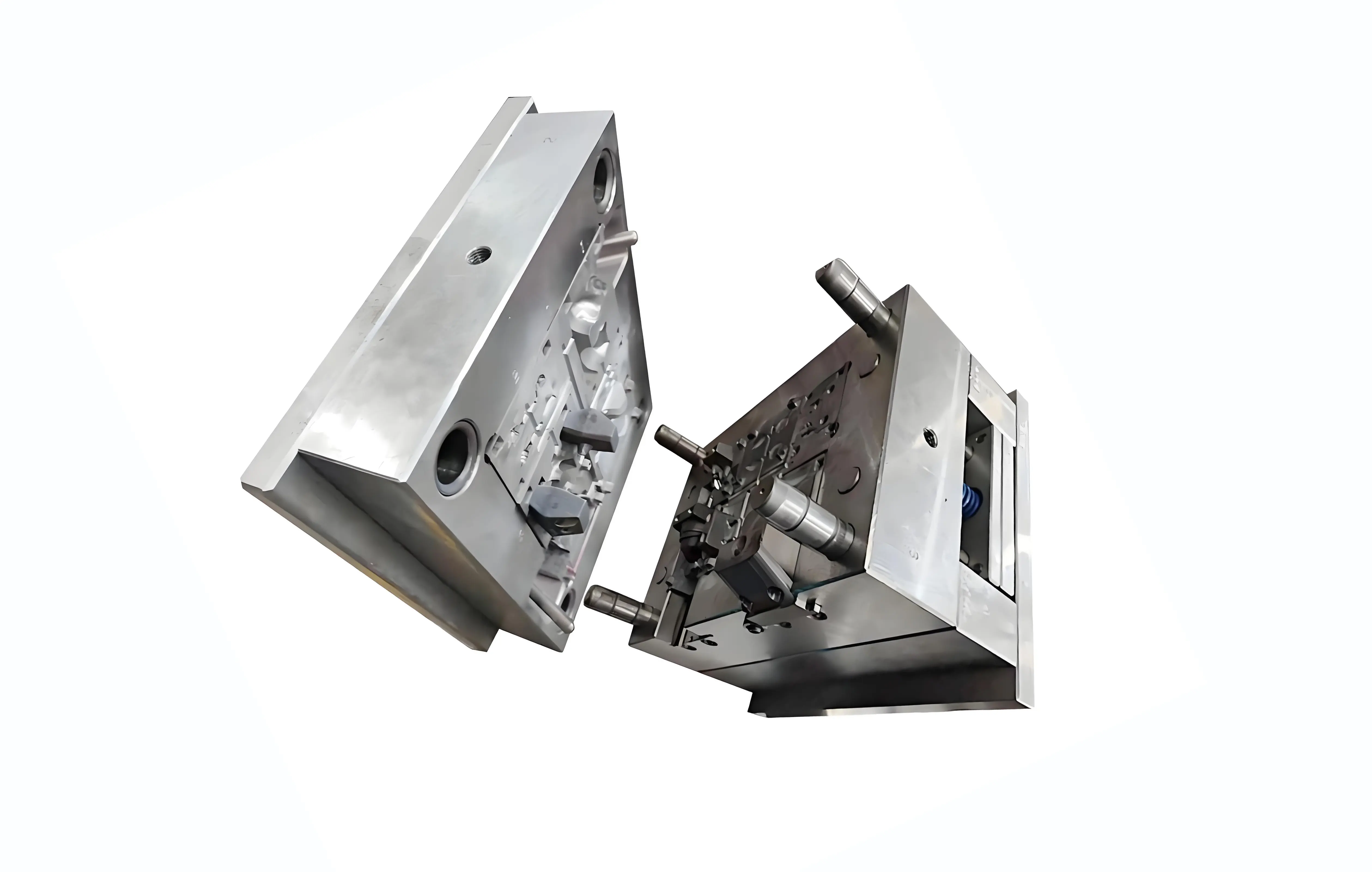
4. Selection Guide: 5 Dimensions to Determine the Model
| Dimensions | Vertical injection molding machine (preferred) | Horizontal injection molding machine (preferred) |
| Wire diameter | <2.5mm (thin soft wire, precision wire) | ≥2.5mm (thick wire, armored wire) |
| Insert complexity | Multi-pin terminals, tiny metal parts (±0.05mm) | Large metal parts, irregular inserts |
| Production batch | Small batch and multiple varieties (<100,000 pieces/year) | Large-scale mass production (>500,000 pieces/year) |
| Factory conditions | Floor height>4.5m (turntable requires space) | Long strip workshop (suitable for horizontal layout) |
| cost-sensitive points | Mold cost, labor efficiency | Single-station capacity and automation investment |
The vertical machine is stable and precise, the horizontal machine is fast in mass production, and choosing the right model can balance positioning and efficiency. Kaweei wire harness customization factory uses the flexible combination of these two types of injection molding equipment to meet the different needs of customers and customize high-quality wire harnesses. If you need a customized wire harness, please contact us.



